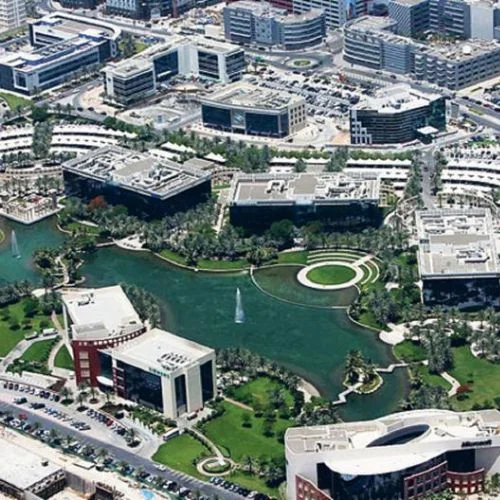Tuesday saw the announcement from the Indian Space Research Organisation (ISRO) that Chandrayaan-3 had successfully completed its laps of the Earth and was now on its route to the Moon.
India’s third lunar exploration project, Chandrayaan-3, kicked off the legendary winding lunar experiment.
Chandrayaan-3‘s nearly 40-day trip to the moon is divided by ISRO into three phases: an earth-oriented phase, a lunar transit phase, and a lunar-oriented phase.
In addition to self-propelled systems, navigation and guidance controls, and hazard detection and avoidance systems, the Chandrayaan-3 lander has these capabilities.
After the Chandrayaan-2 tragedy, ISRO made many adjustments. The upgrades include strengthening the lander’s legs, increasing the allowed landing speed, and installing new sensors to measure approach speed, Somanath said.
The robotic lander and rover Chandrayaan-3, which also has a power plant, was launched early on July 14 from the Indian Space Center Satish Dhawan.
“A successful perigee-firing performed at ISTRAC (ISRO Telemetry, Tracking and Command Network). ISRO has injected the spacecraft into the translunar orbit,” it said.
The essential maneuver, which used a slingshot effect to launch the spacecraft toward the Moon, was performed in the wee hours of Tuesday.
An ISRO representative told PTI that the Chandrayaan-3 spacecraft successfully left Earth’s orbit following the trans-lunar injection and is now traveling towards the Moon. The moon soft landing attempt on August 23 has been previously confirmed by the ISRO.
“Chandrayaan-3 completes its orbits around the Earth and heads towards the moon,” the national space agency said, adding, “Next stop: the moon. As it arrives at the moon, the Lunar-Orbit Insertion is planned for August 5, 2023,” ISRO said.
The orbit of the Chandrayaan-3 spacecraft was gradually boosted in five stages after it was launched on July 14 on a trip to the Moon.
Prior to this, as part of the Chandrayaan-3 mission to the Moon, the spacecraft’s orbit was gradually boosted in five stages after its launch on July 14.
In an effort to build on Chandrayaan-2’s success, this mission aims to show a number of capabilities, including attaining lunar orbit, carrying out a soft landing on the Moon’s surface, and deploying a rover to carry out in-depth surface surveys.















